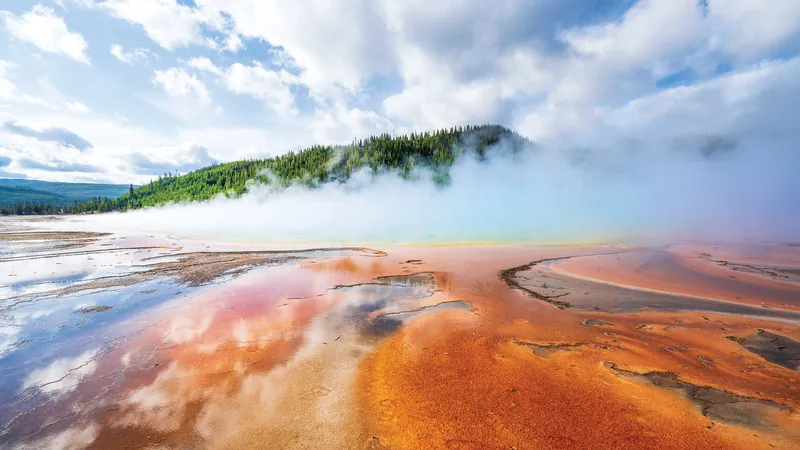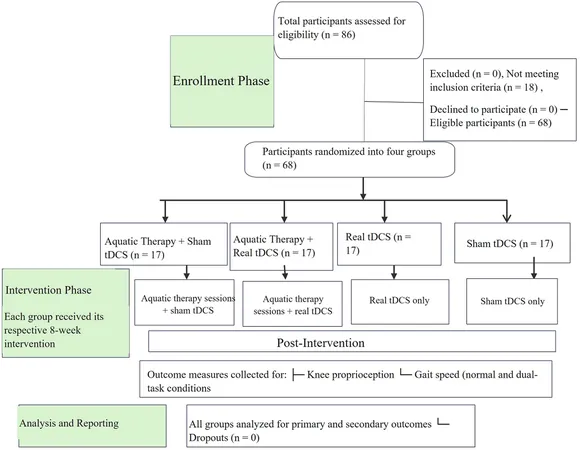
Unlocking the Secrets of Life's Beginnings: How RNA and Thioesters Created Protein Powerhouses
2025-09-02
Author: Amelia
Groundbreaking Discovery at University College London
In an astonishing breakthrough, researchers from University College London have unveiled a potential key to understanding how life's earliest proteins were formed. They found that activated amino acids and sulfur-containing compounds, known as thioesters, likely present on primordial Earth, can react in water to create high-energy thioesters.
The Role of Thioesters in Early Life
These thioesters are instrumental in transferring activated amino acids to RNA through a process called RNA aminoacylation. This mechanism prevents amino acids from joining with their free-floating counterparts, suggesting that thioesters may have fueled the essential union of nucleic acids and amino acids, paving the way for protein biosynthesis in the dawn of life—without the need for sophisticated enzymes.
The Protein Paradox: Who Created the Creators?
Proteins are vital for all forms of life on Earth, but unlike DNA and RNA, they don’t possess the ability to transmit genetic sequences to future generations. According to Matthew W. Powner, the study’s lead author, this limitation is precisely why life relied on RNA to coordinate protein synthesis.
In modern biology, specialized enzymes called aminoacyl–transfer RNA (tRNA) synthetases play a critical role in linking amino acids to tRNA, a process essential for translating RNA into proteins. However, because these enzymes are products of the same genetic code they help create, a perplexing chicken-and-egg scenario arises: How were these enzymes formed before life even got started?
Cracking the Code of Amino Acid Attachment
The research team ventured into this paradox by investigating how amino acids could spontaneously attach to RNA in aquatic environments— a necessity for the nascent life forms. They faced significant challenges, such as ensuring that activated amino acids would not react with themselves or undergo hydrolysis.
Ultimately, the researchers focused on thioesters’ potential role in facilitating these interactions.
Thioesters: The Forgotten Power Players of Biochemistry
Historically, thioesters have been essential in countless biochemical processes. Their importance stretches back to before the last universal common ancestor of all life. The late Nobel laureate Christian de Duve even hypothesized a "thioester world," proposing that the earliest life reactions were likely energized by these compounds.
Remarkable Findings from Experiments
By synthesizing and purifying various nucleotides, nucleic acids, and activated amino acids, the team experimented by adding thioesters to water at neutral pH, exploring temperatures ranging from room temperature to freezing. Remarkably, the thioesters showed stability in water, preventing unwanted reactions between amino acids.
When tested alongside double-stranded RNA structures, thioesters successfully attached amino acids to specific sites on the RNA, even amidst a watery environment flooded with competing molecules.
Creating Life: From RNA to Peptides
The researchers then explored how these RNA-attached amino acids could facilitate peptide synthesis under plausible prebiotic conditions. Their findings revealed that when thioesters reacted with hydrogen sulfide, highly reactive thioacids formed. These compounds could then bond with amino acids, including those already attached to RNA, enabling peptide synthesis.
The Implications of This Research
Ultimately, the research indicates that thioesters play a dual role: facilitating the attachment of amino acids to RNA and promoting peptide bond formation. Charlie Carter, a biochemist not involved in this study, emphasized its importance, stating, "A key step missing from prebiotic studies has been the use of chemical free energy transfer reactions to help overcome the challenges in assembling life’s building blocks in water." His assertion indicates that this research could reshape our understanding of how life began.









 Brasil (PT)
Brasil (PT)
 Canada (EN)
Canada (EN)
 Chile (ES)
Chile (ES)
 Česko (CS)
Česko (CS)
 대한민국 (KO)
대한민국 (KO)
 España (ES)
España (ES)
 France (FR)
France (FR)
 Hong Kong (EN)
Hong Kong (EN)
 Italia (IT)
Italia (IT)
 日本 (JA)
日本 (JA)
 Magyarország (HU)
Magyarország (HU)
 Norge (NO)
Norge (NO)
 Polska (PL)
Polska (PL)
 Schweiz (DE)
Schweiz (DE)
 Singapore (EN)
Singapore (EN)
 Sverige (SV)
Sverige (SV)
 Suomi (FI)
Suomi (FI)
 Türkiye (TR)
Türkiye (TR)
 الإمارات العربية المتحدة (AR)
الإمارات العربية المتحدة (AR)